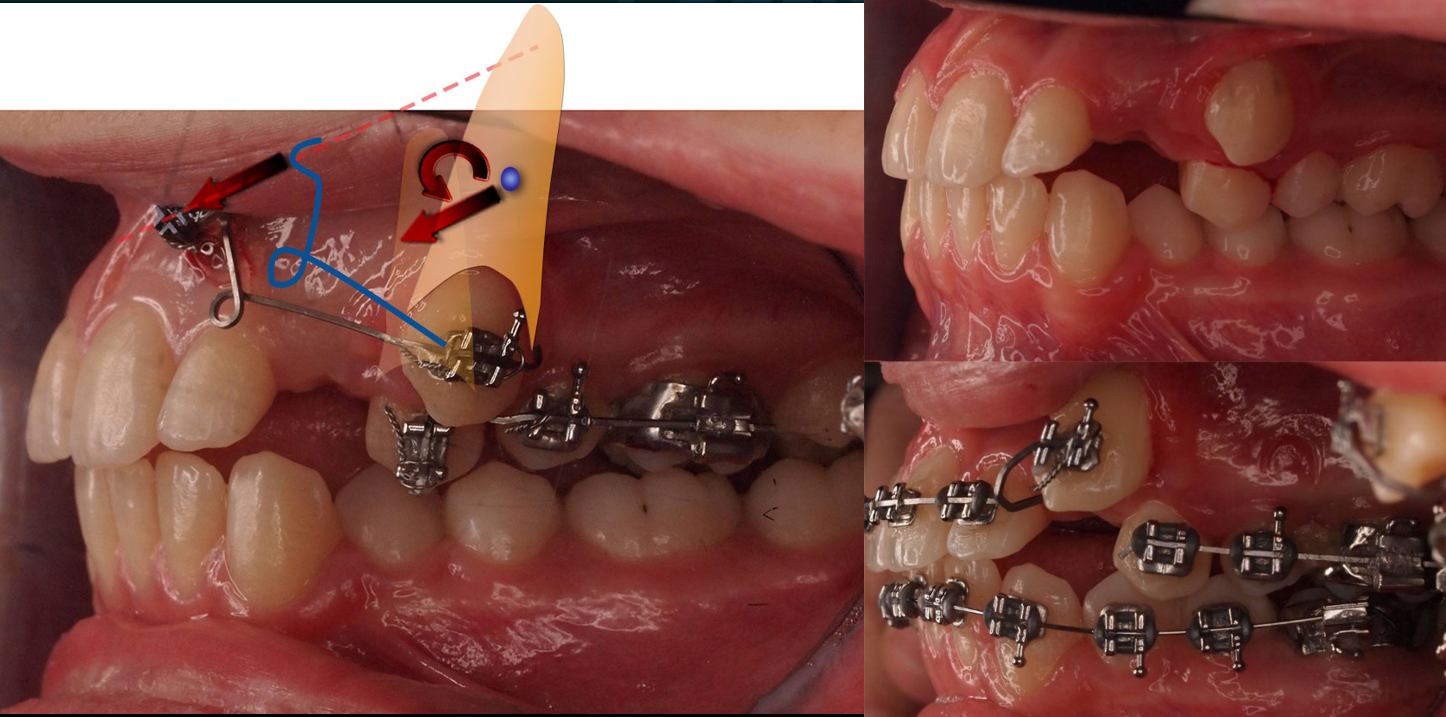This course will deal with many general and essential aspects in Biomechanics, focussing on problems that can be encountered by the orthodontist in everyday practice.
Among others, we will cover the topics of arch alignment, posterior teeth uprighting, space closure, and vertical movements, with and without the use of TADs.
On the workshop day, the participants will be specifically trained in bending passive wires, and cantilever systems.

28/11/2024 update: For all doctors registered or registering for this course there is the possibility of buying a base contract for the "Biomechanics Online E Book" with 150 CHF discount. You find this option on the registration form.
Note: Those who have registered before this date should have received an Email from us regarding this offer. In case you can't find it, just send us a message at
27/12/2024 update: Due to the ovewhelming interest the workshop day on Thu 13 is sold out, and we have opened a second workshop day on Sunday 16th.
Go to the registration form
TO PROCEED TO THE REGISTRATION FORM
YOU NEED TO LOGIN TO OUR SITE.
If you are not yet registered please SIGN UP here.

2 Day Course: A Guide to Rational and Predictable Biomechanics
Time: Registrations from 8:30 - Lectures: 9.00-13.00 and 14.30 - 17.30
Standard appliances, including conventional twin or self-ligating brackets and continuous archwires, are used in the majority of orthodontic treatments. The widespread adoption of these techniques is largely due to their ease of learning, as they follow a "recipe" system. Cases are categorized (e.g., Class II, crowding, high angle), and a specific sequence of materials and actions is prescribed for each category. The idea is that the bracket prescription, which contains all the necessary information, will ideally lead to the correct final position of the teeth.
However, the standard approach to orthodontic treatment has several shortcomings due to the significant variability of orthodontic problems, making each case unique. As a result, the recipe approach is a reasonable compromise in many cases, where growth and function also contribute to the therapy's success. Yet, in more complex cases, the standard approach can lead to unpredictable and undesired outcomes. In such instances, a more individualized therapy is required, involving a detailed analysis of the problems and a customized treatment plan and mechanical design.
In this 2-day course, we will discuss the reasons for potential failures and inefficiencies in using standard techniques. We will explore how to avoid side effects and make therapy outcomes more predictable and efficient through the use of rational and individualized mechanics. This alternative approach, based on a deep understanding of orthodontic biomechanics, ultimately extends the capabilities of orthodontic therapy and allows for the controlled treatment of very complex cases.
You will learn some essential concepts about.
- Force System and Dental Movement
- Understanding the statically indeterminate mechanics of a continuous archwire.
- The role of friction in dental movement determination
- How inconsistencies are generated using a continuous archwire
- The “Force Driven” mechanics as an alternative to “Shape Driven”
- Anchorage Analysis and Management
- Basic concepts of statically determinate appliances as cantilevers
- Mechanics Design Examples for Statically Determinate Appliances with Clinical Cases.

Workshop: Cantilevers Mechanics (Thursday 13 and Sunday 16)
Time: Theoretical Session: 9.00-13.00 - Hands-on Session: 14.30 - 17.30
Participants are required to bring their own instruments. The minimum required tools are: Angle (Bird Beak) pliers, wire cutters, and metal ligatures. We also recommend bringing a force gauge if you have one. Wires for cantilever bending and working models will be provided.
Theoretical part.
From the treatment goal to the cantilever design,
Understanding the cantilever by the line of action of the force,
Wire selection.
The cantilever shape and the produced force direction.
The two vector Mechanics
Practical Activities
Bending cantilevers respecting the patient’s anatomy.
Bending different configurations of cantilevers.
Types of Activations and measurement of the force magnitude and direction.
Examples will be given for obtaining anterior teeth intrusion, and molar uprighting.
